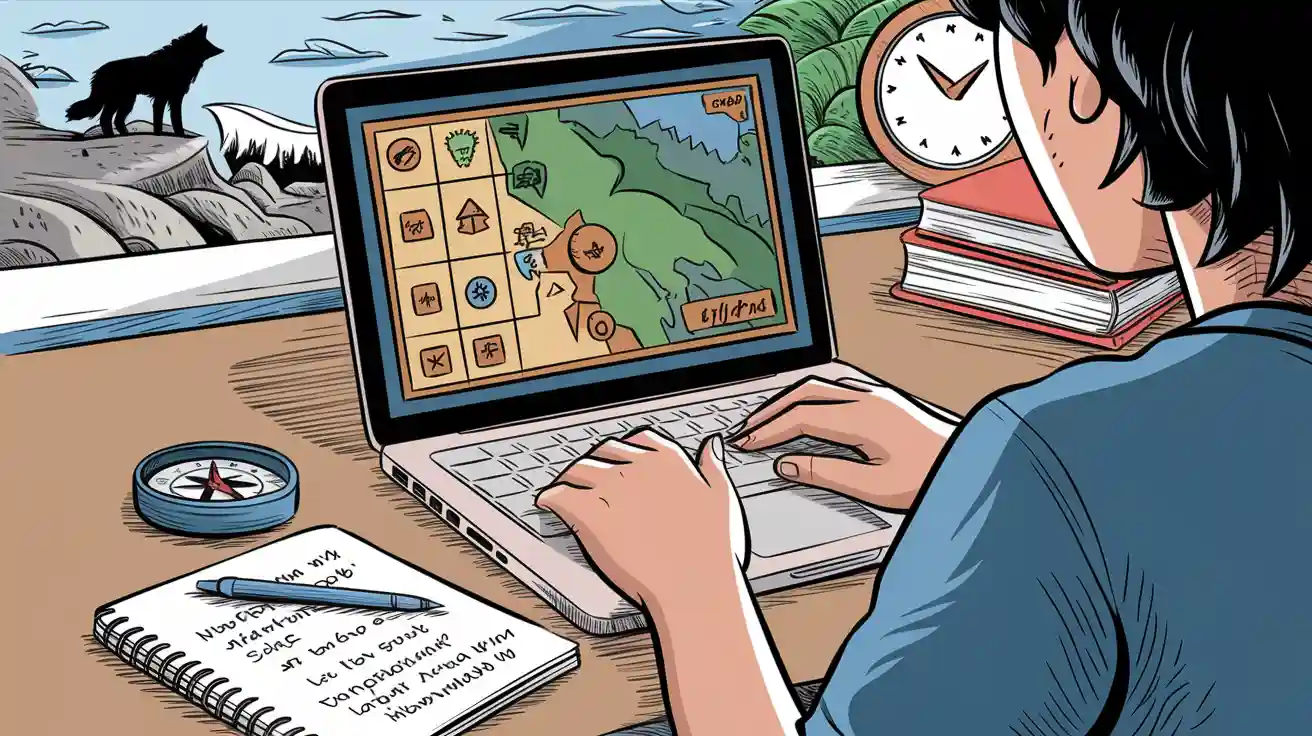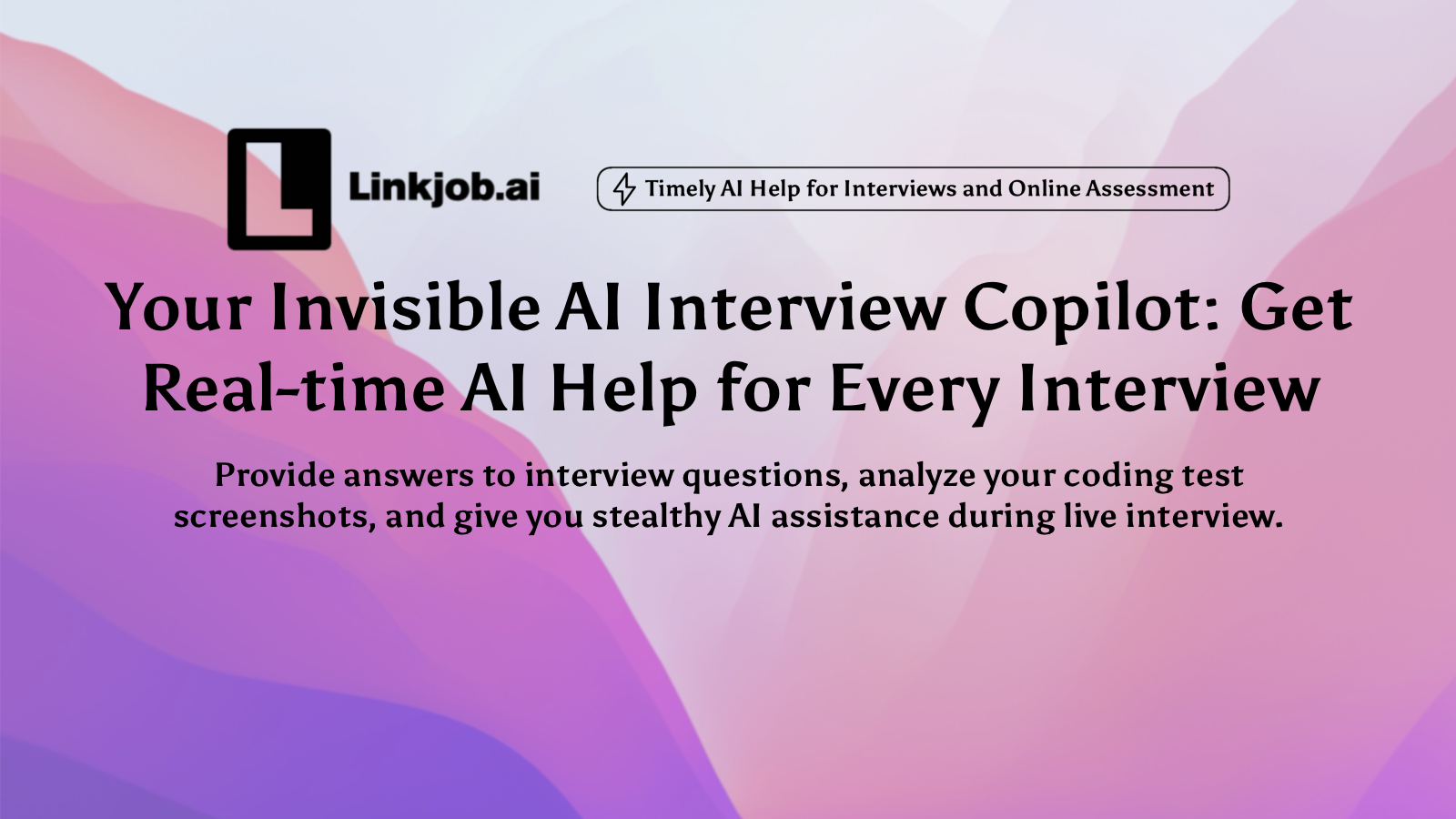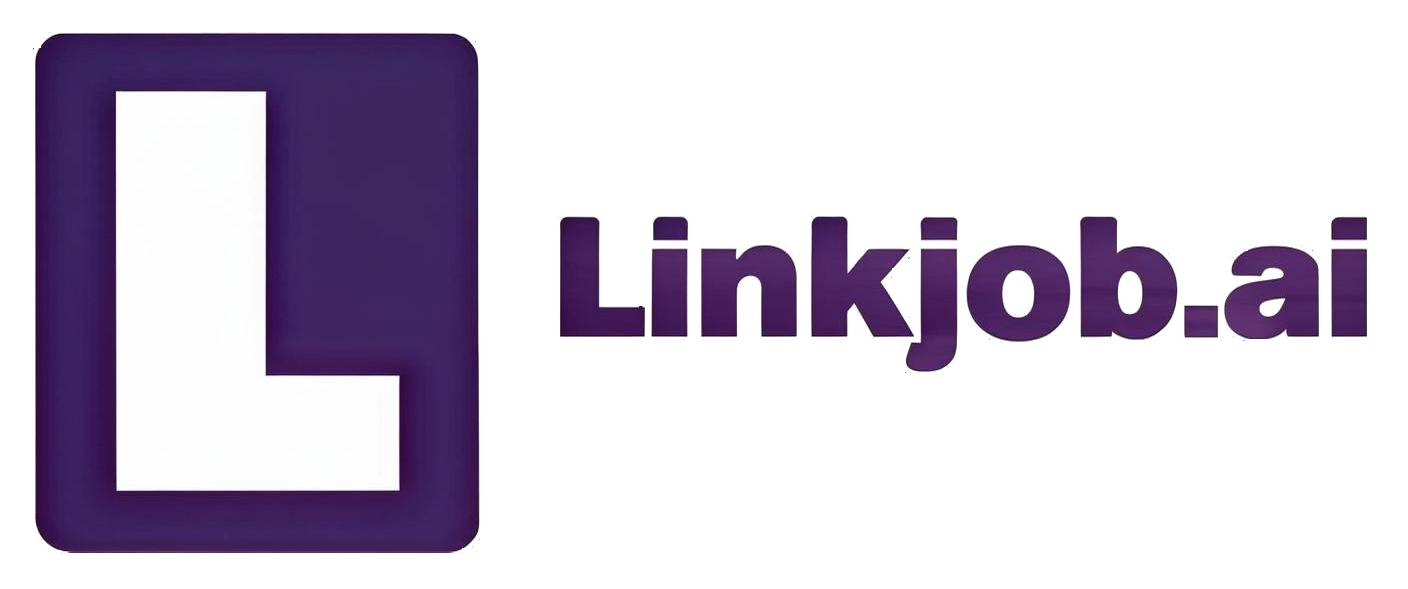My McKinsey Sea Wolf Experience with Winning Strategies

The McKinsey Sea Wolf Game is actually a nickname used by candidates for the McKinsey Red Rock Game. It is a variation of McKinsey interview questions that uses a game format to test candidates’ abilities.
McKinsey replaced traditional written tests with gamified assessment. Hidden behind this change is its definition of the future consultant: they are no longer just proposal-generating machines who can only make presentations, but problem-solvers who can find breakthroughs in complex systems. What clients need is not a standard answer, but a flexible strategy that can adapt to a dynamic environment, which is the design logic behind the PSG Solve.
I am really grateful for the tool Linkjob.ai, and that's also why I'm sharing my entire interview experience here. Having an invisible AI assistant during the interview is indeed very convenient.
McKinsey Solve Game Sea Wolf Experience
Main Objective of the Sea Wolf Game
The main objective of the Sea Wolf game is to select three microbes that meet specific requirements to treat pollution at three sites. The game first has a tutorial. Unfortunately, I found the tutorial a bit confusing, but doing it slowly is still helpful for the actual tasks that follow. The entire game is 35 minutes long and has three sites, with each site divided into three steps: select characteristics, sort microbes, and select 3 microbes. It wasn't until I reached the second site that I began to understand how to play more effectively.
First, each microbe has three attributes: size, energy, and mobility (each a number from 1-10). Each microbe also has a trait (e.g., light sensitivity, hydrophilic). Each site's attributes will have a target range, as well as a desired trait and an undesired trait. The goal is for the average of the three attributes of the final three selected microbes to be within the target range to form a treatment.
The tutorial rules also state that the treatment's effectiveness will not be 100% in many cases. The following situations will cause effectiveness to decrease by 20%:
The average attribute is not within the target range
There is no desired trait
There is one or more undesired trait
How I Did the Sea Wolf Game
Select Characteristics
This step requires you to choose two out of the available attributes (size, energy, mobility) and traits based on the site's requirements. This step is actually quite important because it influences the characteristics of the microbes that appear later. If you choose well, the following steps will be much simpler. The first time I did it, I chose size and the trait hydrophilic, and later I realized this was a poor choice, which directly resulted in my final microbe selection not achieving 100%. The logic that worked for me was to choose two of the more extreme attributes. For example, if the target is: size 1-2, energy 8-10, mobility 6-8, desired trait: hydrophilic, undesired trait: light sensitivity, I would choose size 1-2 and energy 8-10. This way, the microbes that appear later will have a tendency towards these two characteristics. The reason for not choosing a trait is that the rules state a 20% penalty only if there is no desired trait, so as long as one of the three selected microbes has a desired trait, it's fine, and this is relatively easy to achieve later.

Sort Microbes
In this step, you will be given 10 microbes and you need to sort them into three buckets based on their characteristics: current site, next site, and return to database. This step also gives you one attribute for the next site, so you should place any suitable microbes into the next site bucket. Personally, I feel this step is quite straightforward; just try to put the microbes that are close to the target range into the current site bucket.
Select Microbes
This step is actually divided into two parts: selecting 4 microbes to reach a pool of 10, and then selecting three from those ten to form the final treatment. For the first part, you should take some time to look at the 6 microbes you already have and see what range their attributes fall into. For example, if the size of these 6 microbes is generally large, but the target range is 1-2, then the 4 you select should have a tendency towards a smaller size. The screen will show three candidates; selecting one will refresh the other two. If none of the three candidates have the attributes you want, choose the one with the desired trait.
After you have a pool of ten, you can select three to form the treatment. Since the target is often a range, like 6-8, I would write down the target sum for the three microbes on a piece of paper, which would be 18-24, to make calculations faster. When selecting the three, try to make sure their attribute sum falls within the calculated target sum, at least one microbe has the desired trait, and none of the three have an undesired trait. I would first select the microbes with the desired trait that are closest to the target range. Then I would eliminate any microbes with an undesired trait and select the remaining two from what is left.
McKinsey Solve Sea Wolf Game Strategies
Although Sea Wolf is the most difficult of the games, I have already summarized the feasible strategies based on a review of my interview experience.
Core Rules
Try to follow the principles below, as violating a single one when submitting a solution will result in a 20-point deduction. Please keep this in mind.
Average Value Compliance: In the final solution, the average of all three attributes of all microorganisms must fall within the range required by the site.
No Undesired Traits: The final solution must not contain any microorganisms with an Undesired Trait.
Must Include Desired: The final solution must contain at least one microorganism with a Desired Trait.
Process Breakdown
The entire game has 3 locations to purify, with a total duration of 30 minutes. The operations for each location are as follows:
Profile Building
Purpose: To inform the system of your preferences to initialize the first 6 items in the pool.
Actions:
Select Traits: The system will give you 3 attributes and 4 traits, and you need to select two. You should refer to the location information on the right side and choose the one with the narrowest attribute range or the most critical desired/undesired trait. This will affect the composition of your Initial Prospect Pool.
Sort Samples: The system will give you 10 microorganisms, and you need to categorize each one as "Current Site," "Next Site," or "Return to Database."
Decision-making Method: Look at the microorganism's traits and attributes. If it perfectly matches the "Current Site" information, assign it to the Current Site; if it doesn't match the current one but matches the clues for the Next Site, assign it to the Next Site; if it doesn't match either, return it to the database.
Prospect Select
Purpose: To manually select and expand the pool by 4 items.
Actions:
The game will have 4 rounds of "pick one out of three." In each round, you must choose the one from the 3 candidates that best matches the Current Site's information (especially those with Desired traits and without Undesired traits) and add it to your candidate pool below.
Final Treatment
Purpose: To select 3 items from the final pool of 10.
Actions:
Begin Combining: Start trying different combinations from your candidate pool (which should now be full at 10).
Strict Review: Remember the three principles I just mentioned? For every combination you form, you should review it against those three principles.
First, exclude all microorganisms with Undesired traits, don't even touch them! Then, you also need to check whether there is at least one with a Desired trait.
Submit: As soon as you find a combination that fully satisfies all three principles, you can immediately lock it in and submit it. Time is precious, so don't hesitate.
McKinsey Sea Wolf Game Overview
What Is the McKinsey Sea Wolf Game
The full name for PSG is McKinsey Problem Solving Game, officially called "Solve." This is an online game-based assessment designed by McKinsey to evaluate problem-solving skills, with Sea Wolf being one of the games. The game format makes the test sound simple, but the pass rate is actually only 20-30%, and if you can't pass this stage, being excellent later on is useless.
McKinsey's PSG assessment is a total of 65 minutes, divided into three parts: 2 game questions + 1 survey. If your test is 110 minutes, there will also be an EcoSystem question.
The Sea Wolf game takes 30 minutes and is a new question for 2025. It simulates using microorganisms to manage pollution, requiring you to combine the most suitable mix according to the needs of each location. It is a strategy-based game.
Core Capabilities Assessed by the McKinsey Sea Wolf Game
Critical Thinking
Simply put, this is your ability to objectively analyze information and make sound judgments. For example, in the game, you need to filter out key data from a large amount of information and then make decisions based on that data.
Decision Making
This is about making the optimal choice in an uncertain environment. This is very evident in the Sea Wolf game because you won't know if your choice is 100% correct, but you must make a decision within a limited time.
Metacognition
This tests your awareness of your own thought process. For example, you need to know what situations make you prone to making mistakes, and you must also be able to adjust your strategy in a timely manner when you do.
Situational Awareness
This is the ability to understand and adapt to complex environments. Every PSG game has a specific context and challenging constraints, and the Sea Wolf game is no exception. You need to quickly grasp the characteristics of these environments.
System Thinking
The ability to understand the relationships between various elements within a complex system. In the game, each key element influences the others, and you need to leverage their relationships to achieve the best results.
General Advice for McKinsey Sea Wolf Game Preparation
Mindset
I focused on critical thinking and tried to see the big picture instead of getting lost in small details.
I broke down each task into smaller steps, which made everything feel more manageable.
I reminded myself to reflect on my choices and adjust my strategy if something wasn’t working.
Key Tips
Learn the unique traits of each microbe.
Combine microbes thoughtfully based on their strengths to match each site’s needs.
Analyze the data carefully and adapt your approach as new information appears.
I found that using these tips helped me stay organized and focused. With the right mindset and a few smart habits, you can tackle any challenge the game throws at you.
FAQ
If I don't pass the Sea Wolf game, do I still have a chance to get a position at McKinsey?
Unfortunately, no. I've learned that the Solve Game is a pass-or-fail screening. If I don't pass, my application won't move forward, and I'll have to wait to re-apply.
Do I need to be good at video games to do well?
No, you don’t need gaming experience. I never played video games. I just paid attention to the rules and focused on logic. The game felt easy to follow once I started.
How is the Sea Wolf game scored? Is speed important in the game?
I've learned that the game is scored based on my performance relative to other candidates, not on an absolute score. I've found that both speed and accuracy are important, but the quality of my decisions is what truly matters. It's not about how quickly I finish, but how efficiently and accurately I can work through the problems.
See Also
All Types of Questions I Encountered in My McKinsey Interview
My Strategies and Tips for Completing the Three McKinsey Solve Games
My 2025 McKinsey Case Interview Insider Tips That No One Shares
How to Ace McKinsey HackerRank Test in 2025 With Easy Tricks

